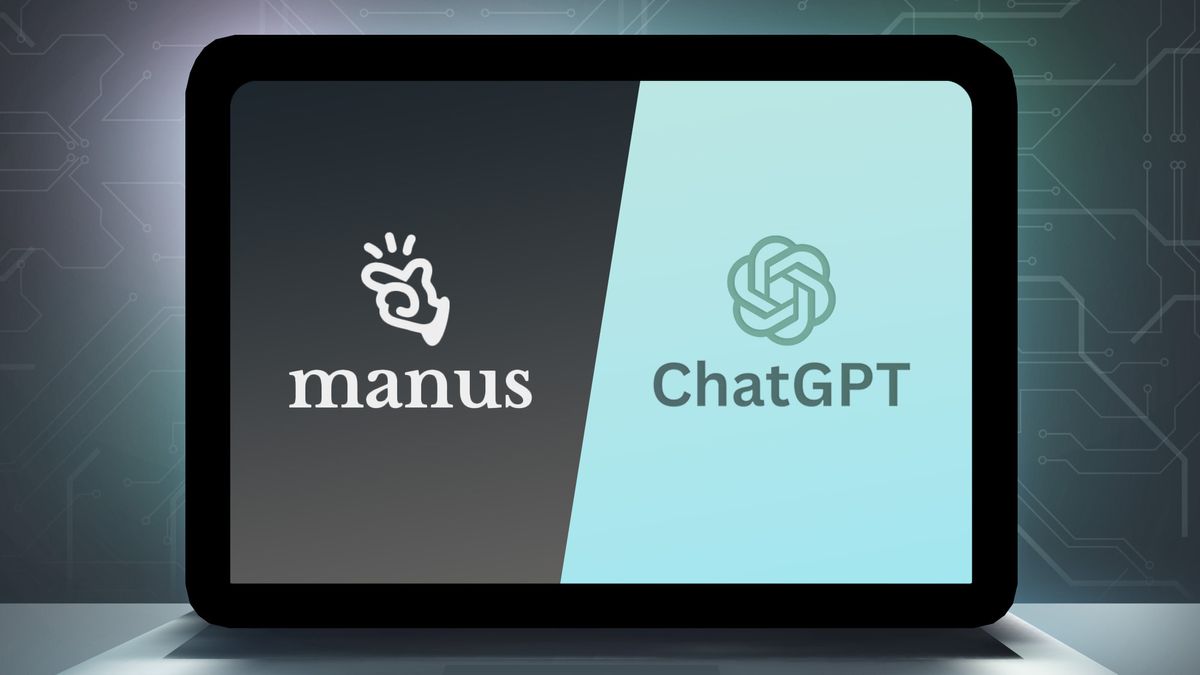What’s the Fuss About Manus AI? The New Contender Versus ChatGPT

The AI landscape is in constant flux, and a new player is shaking things up—not by shocking the tech community, but by offering a fresh alternative to familiar names like ChatGPT. Enter Manus AI, an autonomous agent from a Chinese startup that’s stirring conversations about how AI assistants should work and what competitive pressure could mean for the future of OpenAI’s offerings.
A Different Breed of AI
Unlike traditional chatbots that rely on back-and-forth conversations, Manus AI is engineered for autonomy. It’s built to independently plan, execute, and even refine complex tasks—from generating detailed financial reports to crafting custom websites—without needing constant user input. Its design philosophy, rooted in the Latin “Mens et Manus” (mind and hand), reflects an integrated approach where intelligence meets practical execution.
How Manus AI Stacks Up Against ChatGPT
Recent comparisons, such as the one detailed by Tom’s Guide, have put Manus AI head-to-head with ChatGPT using a series of five test prompts. The findings reveal an interesting contrast:
- Autonomy in Action: Manus AI shows its strength by handling multi-step tasks with minimal intervention. This contrasts with ChatGPT’s more conversational, prompt-dependent style.
- Detail and Depth: In certain scenarios, Manus AI offers more nuanced responses, especially when the task involves a sequence of operations or real-world data integration. However, it sometimes struggles with response times and minor glitches.
- Stability vs. Innovation: While ChatGPT remains robust and reliable for everyday queries, Manus AI’s experimental approach brings fresh ideas to the table, even if it means occasional hiccups.
What Does This Mean for OpenAI?
Competition drives innovation. With Manus AI pushing the envelope on autonomous task execution, there’s a renewed spotlight on how established platforms like ChatGPT can evolve. Here’s what we might expect:
- Improved Pricing Models: As alternative AI systems demonstrate unique capabilities, OpenAI may need to rethink its pricing and access structures. Lower costs and more flexible access could be key to maintaining market leadership.
- Enhanced Model Accessibility: The competitive pressure could drive OpenAI to offer broader access to its models, making advanced AI capabilities available to a wider range of businesses and developers.
- Faster Innovation Cycles: With new contenders entering the market, we may see accelerated updates and feature rollouts from established players as they strive to outdo each other in both performance and user experience.
Business Implications: A Win for Users
For business leaders and professionals, this competition is a promising sign. More choices in the AI space can lead to:
- Cost Efficiency: Better pricing models mean companies can integrate cutting-edge AI without breaking the bank.
- Tailored Solutions: With diverse AI approaches on the market, businesses can choose solutions that best fit their specific needs—whether that’s the conversational reliability of ChatGPT or the autonomous, task-driven approach of Manus AI.
- Increased Innovation: As competitors push each other to improve, the overall quality and capability of AI tools will rise, benefiting users across industries.
Looking Ahead
Manus AI is still in its early stages, with some technical challenges yet to be ironed out. However, its emergence is a clear indicator that the AI race is heating up. The contrast between Manus AI and ChatGPT isn’t just about who performs better in isolated tests—it’s about pushing the boundaries of what AI assistants can do. As OpenAI and other industry leaders respond with more competitive pricing and improved access, the entire market stands to benefit from a wave of innovation that will ultimately empower businesses to work smarter and more efficiently.
Stay tuned as we watch this dynamic space evolve and bring you the latest insights on how these developments could reshape the future of work and digital innovation.
For further reading, check out the detailed review by MIT Technology Review and the hands-on test comparison on Tom’s Guide, and our Deep Research Report from Google Gemini





Member discussion